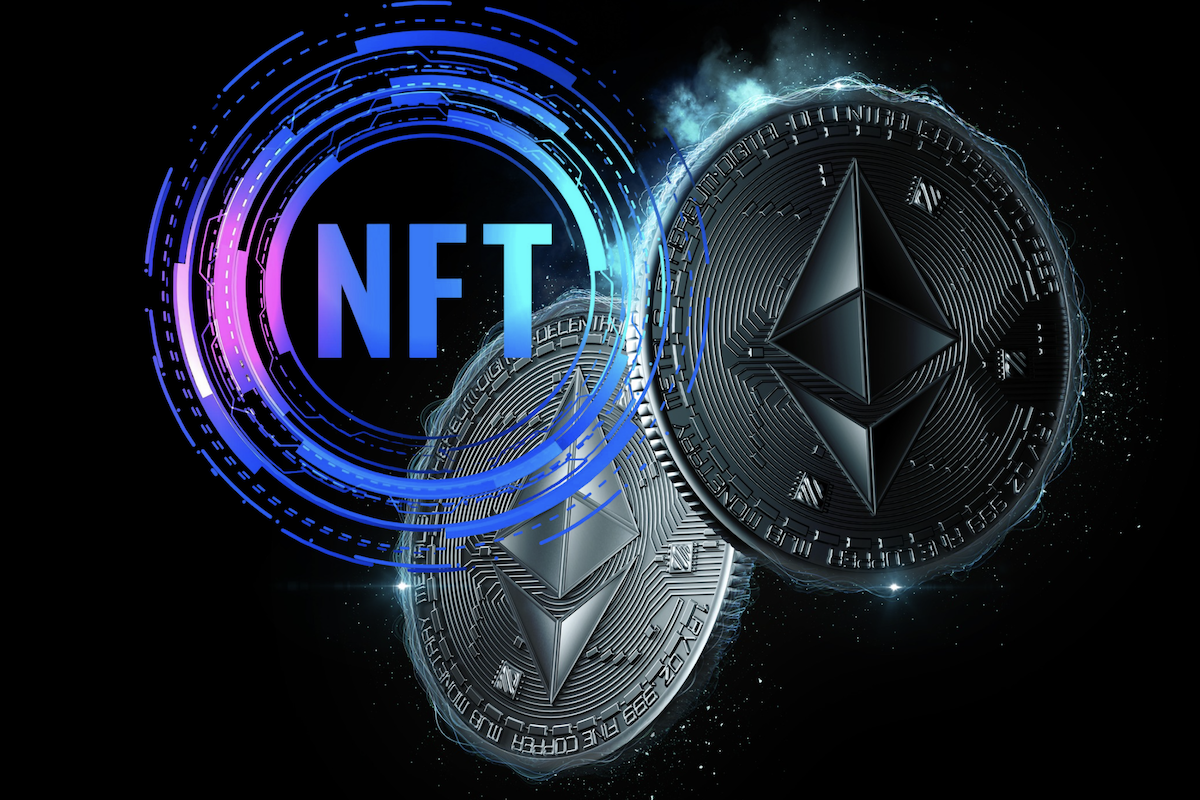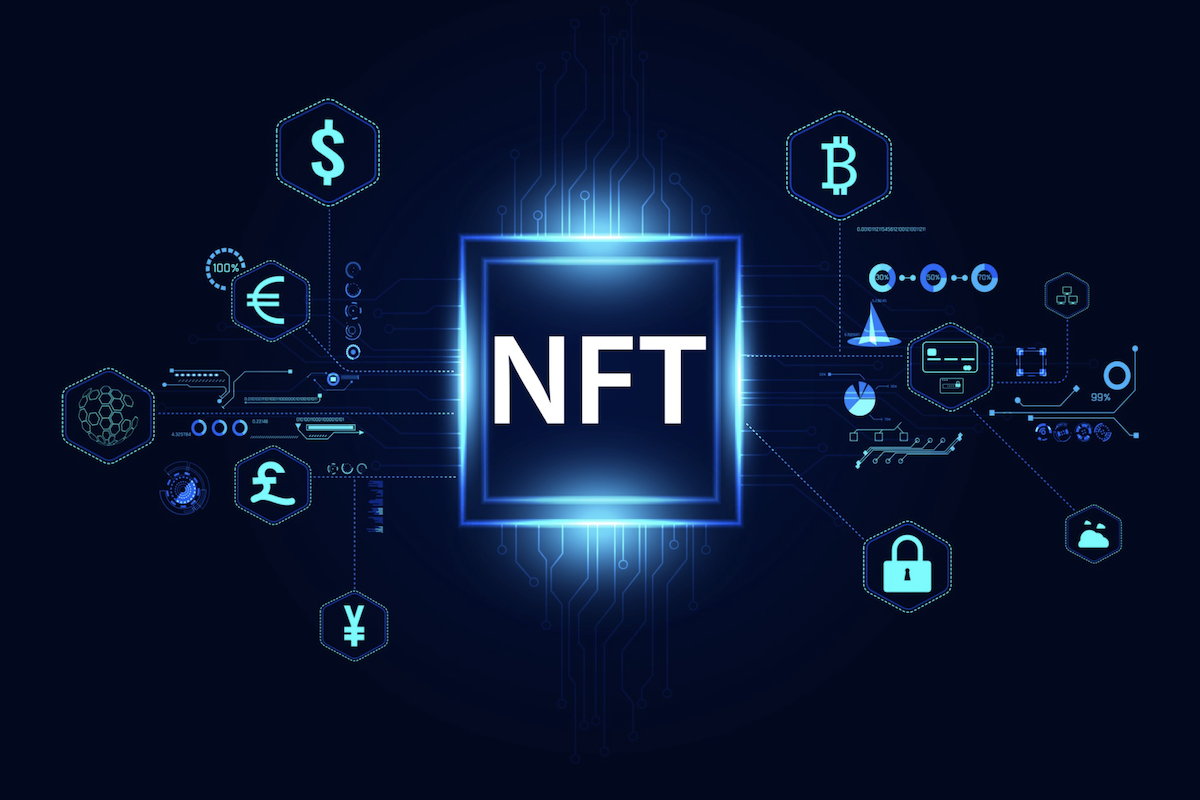Why Amazon’s NFT Experiment Faltered in the Face of a Rapidly Evolving Web3 Landscape
Two years of delays, misjudged strategy, and internal hurdles left Amazon’s NFT marketplace lagging behind faster, more agile Web3 competitors.

Amazon set out to make NFTs as easy to buy as sneakers, yet two years of delays have left the Amazon NFT marketplace on the sidelines while competitors pulled ahead. I’ll show how missed deadlines, shaky assumptions, and both internal and external pressures combined to stall what could’ve been a landmark Web3 launch.
Key takeaways
Amazon pushed its first scheduled launch from April 2023 to “TBD,” eroding trust with brands and gamers alike.
A credit‑card‑only approach looked user‑friendly but alienated crypto‑native buyers who set early NFT liquidity.
Rebranding NFTs as “digital assets” confused mainstream customers rather than calming them.
Internal tech teams struggled to bolt blockchain services onto Amazon’s vast retail stack without slowing checkout speeds.
Falling NFT volumes in 2023–24, plus OpenSea’s and Blur’s rapid upgrades, cut Amazon’s first‑mover edge to almost zero.
Amazon NFT marketplace delays: shifting launch dates drain momentum
I followed the story from its January 2023 leak through three public postponements. Each slip was initially scheduled for May 2023, then for “later in the year,” and finally, silence signalled deeper readiness issues. Stakeholders hesitated to commit collections, and the absence of a hard date kept marketing budgets frozen. Momentum, once lost, proved hard to regain.
Amazon NFT marketplace miscalculations: branding, UX, and payment choices
Amazon believed ditching crypto wallets would open the gates to 167 million U.S. Prime members. The plan ignored an inconvenient truth: early NFT buyers enjoy self‑custody and view gas fees as part of the game. By forcing credit cards and hosting custody off‑chain, Amazon positioned itself as a Web2 middleman in a space that prizes decentralization. I’d have offered both card and wallet options at launch to capture the broadest demand.
Amazon NFT marketplace internal hurdles: tech debt and corporate inertia
Amazon’s retail engine processes millions of orders per hour. Plugging blockchain data into that workflow without slowing anything down is hard. Teams faced conflicting priorities: keep checkout blazing fast, comply with Know‑Your‑Customer rules, and secure private keys. Each requirement pulled developers in a different direction, and decision cycles lengthened inside a giant organization where NFTs ranked below core retail KPIs. I’ve seen similar friction stall innovation at other large firms—speed dies when no one owns the final budget.
Amazon NFT marketplace external headwinds: market downturn and agile competitors
The 2023 crypto winter cut headline NFT trading by more than 60 %. While Amazon waited, OpenSea introduced credit‑card payments, and Blur gamified bidding to keep traders hooked. Smaller competitors shipped weekly patches, something a Fortune 50 company rarely matches. By 2024, Amazon’s unique selling points no longer looked unique.
Amazon NFT marketplace lessons: how builders can avoid similar pitfalls
I suggest shipping a minimum viable product early, even if it only lists a handful of collections. Gather user feedback fast, then iterate. Pair that with an opt‑in wallet experience: let newcomers swipe a card while power users sign with MetaMask. Finally, keep go‑to‑market timelines short—Web3 moves in months, not fiscal years.
Amazon’s NFT initiative isn’t dead, but the window for easy dominance has closed. Future success will hinge on smaller, faster releases that respect both crypto culture and mainstream convenience.
Frequently Asked Questions
Here are some frequently asked questions about this topic:
What happened to Amazon’s NFT marketplace?
Amazon originally planned to launch its NFT marketplace in April 2023 but delayed it multiple times. As of mid-2025, no official launch date has been announced.
Why did Amazon delay the NFT marketplace launch?
The delays stemmed from a mix of internal tech challenges, shifting market conditions, and strategic missteps around branding, UX, and payment methods.
What was Amazon’s original approach to NFTs?
Amazon aimed to simplify NFT purchases by allowing credit card payments and removing the need for crypto wallets. It also rebranded NFTs as “digital assets” to appeal to mainstream users.
Why didn’t that approach work?
This strategy alienated crypto-native users who value self-custody and decentralization. At the same time, mainstream users were confused by the terminology and onboarding process.
How did technical issues impact the launch?
Integrating blockchain functionality into Amazon’s massive retail infrastructure proved difficult. Developers struggled to maintain fast checkout speeds while complying with crypto-specific requirements.
How did market conditions affect Amazon’s NFT plans?
Falling NFT volumes in 2023–2024 and rapid innovations by platforms like OpenSea and Blur reduced Amazon’s potential first-mover advantage.
What can other companies learn from Amazon’s experience?
Start small with a minimum viable product, support both crypto-native and mainstream users, and keep release cycles fast. Web3 doesn’t wait for big-company timelines.
Is Amazon’s NFT project officially canceled?
No. While the initiative has stalled, there’s no confirmation that it has been canceled. Future success will depend on a more agile, crypto-aware approach.





